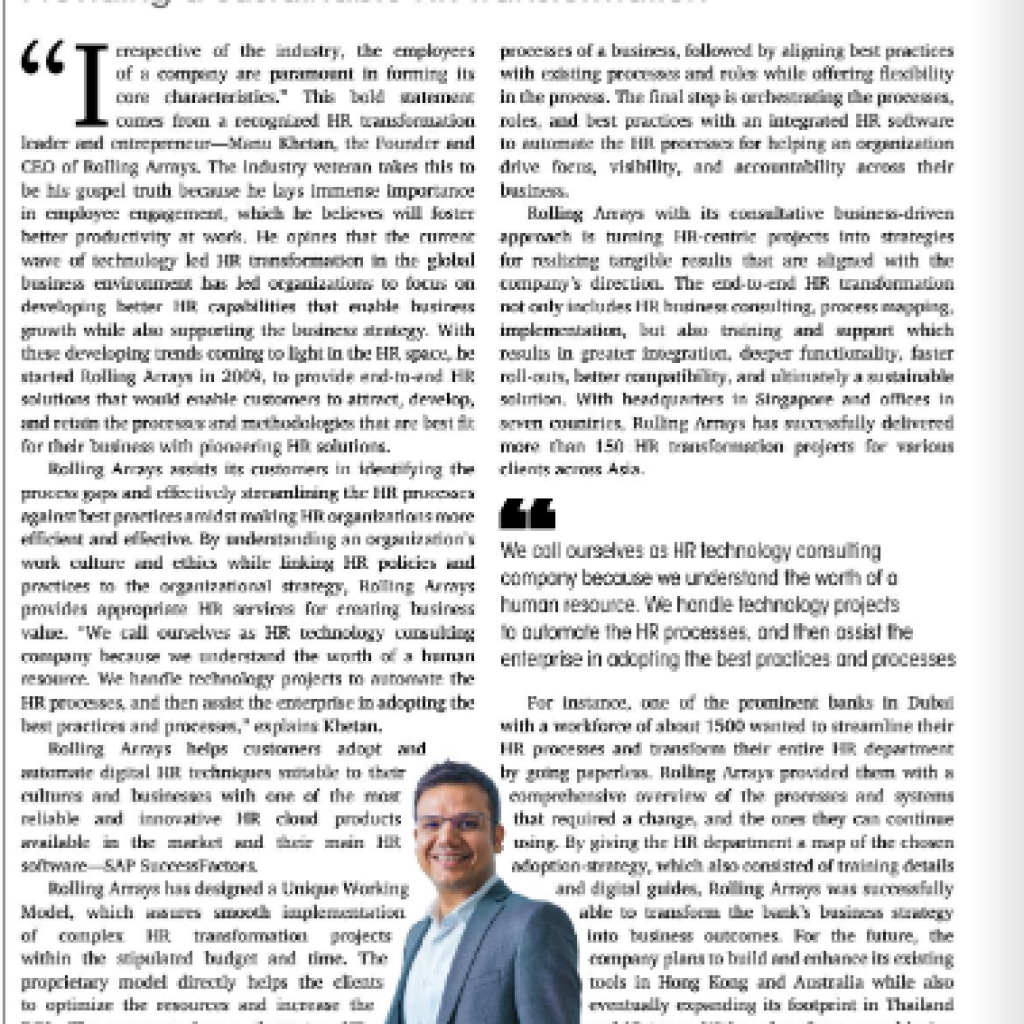
Blogs

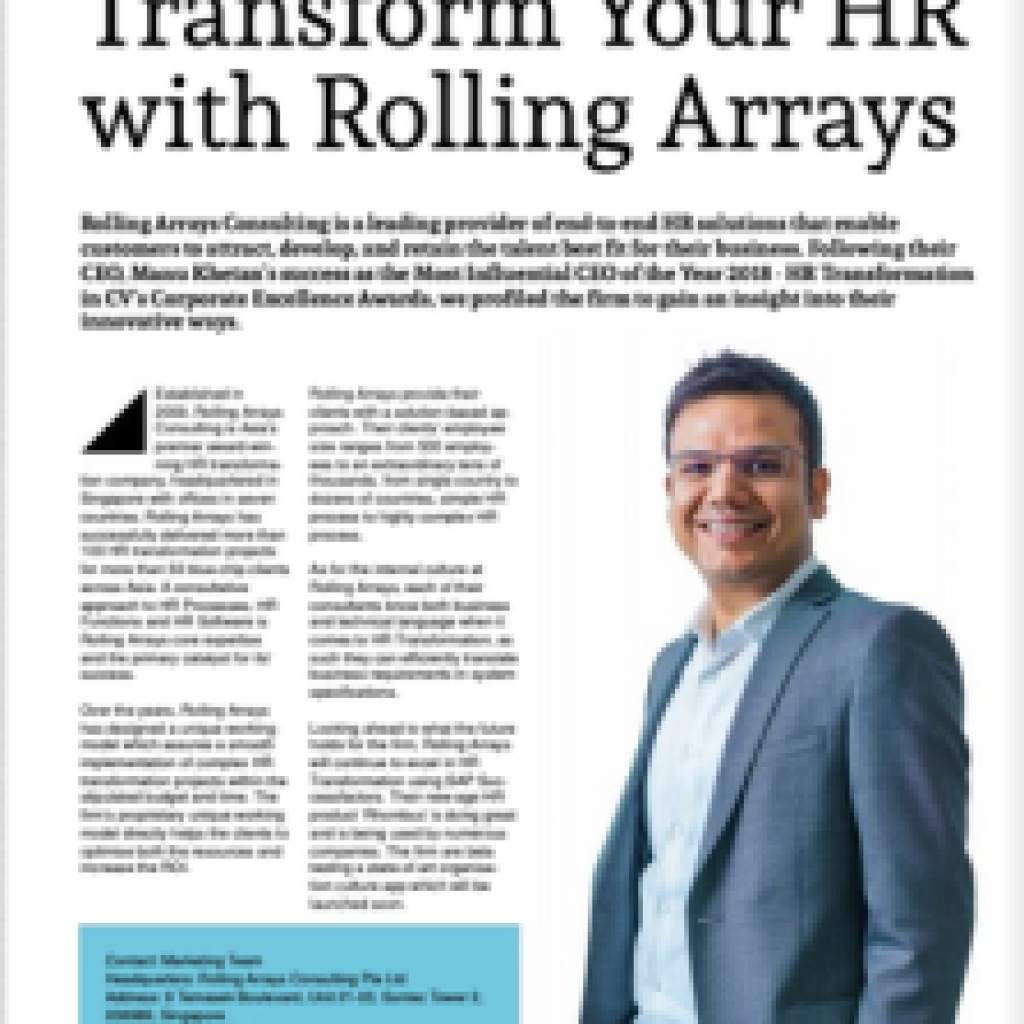
Transform Your HR with Rolling Arrays
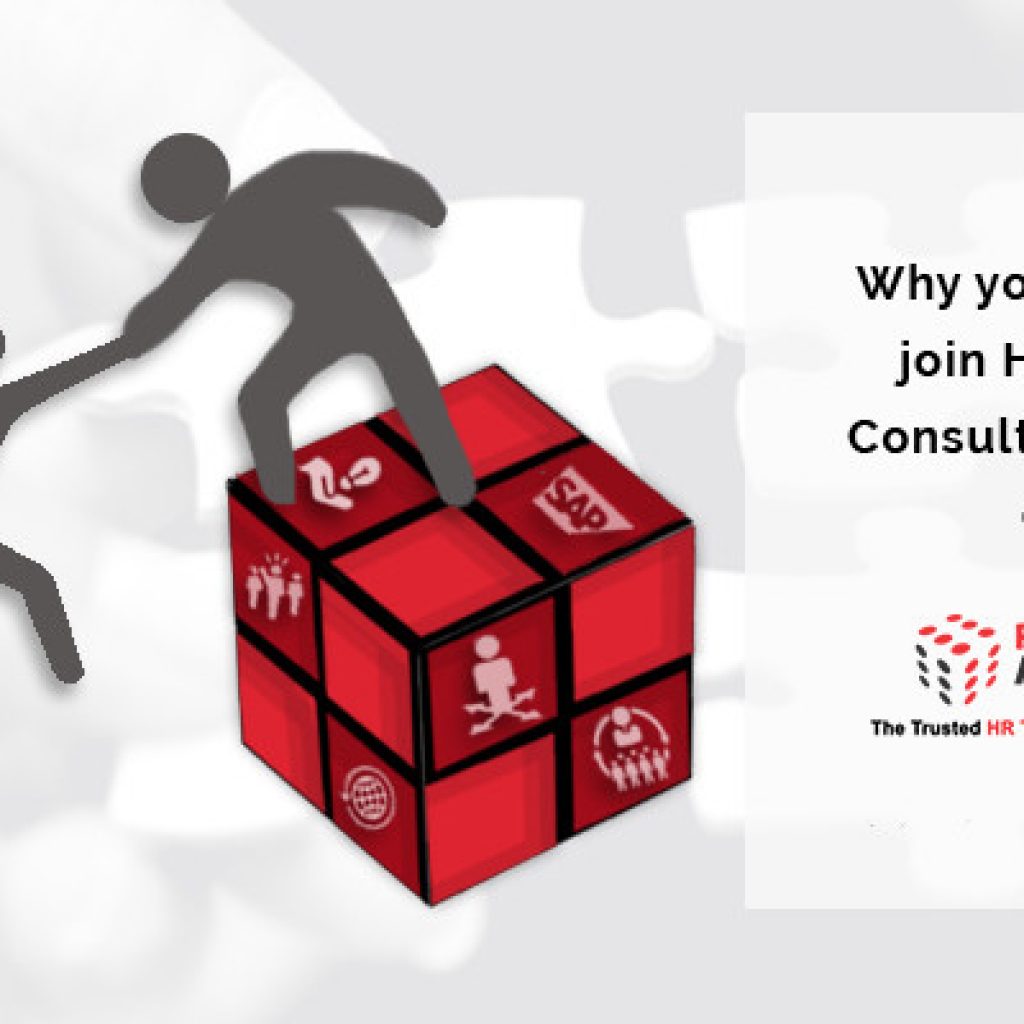
Why you should Join HR Tech Consulting Team of Rolling Arrays ?
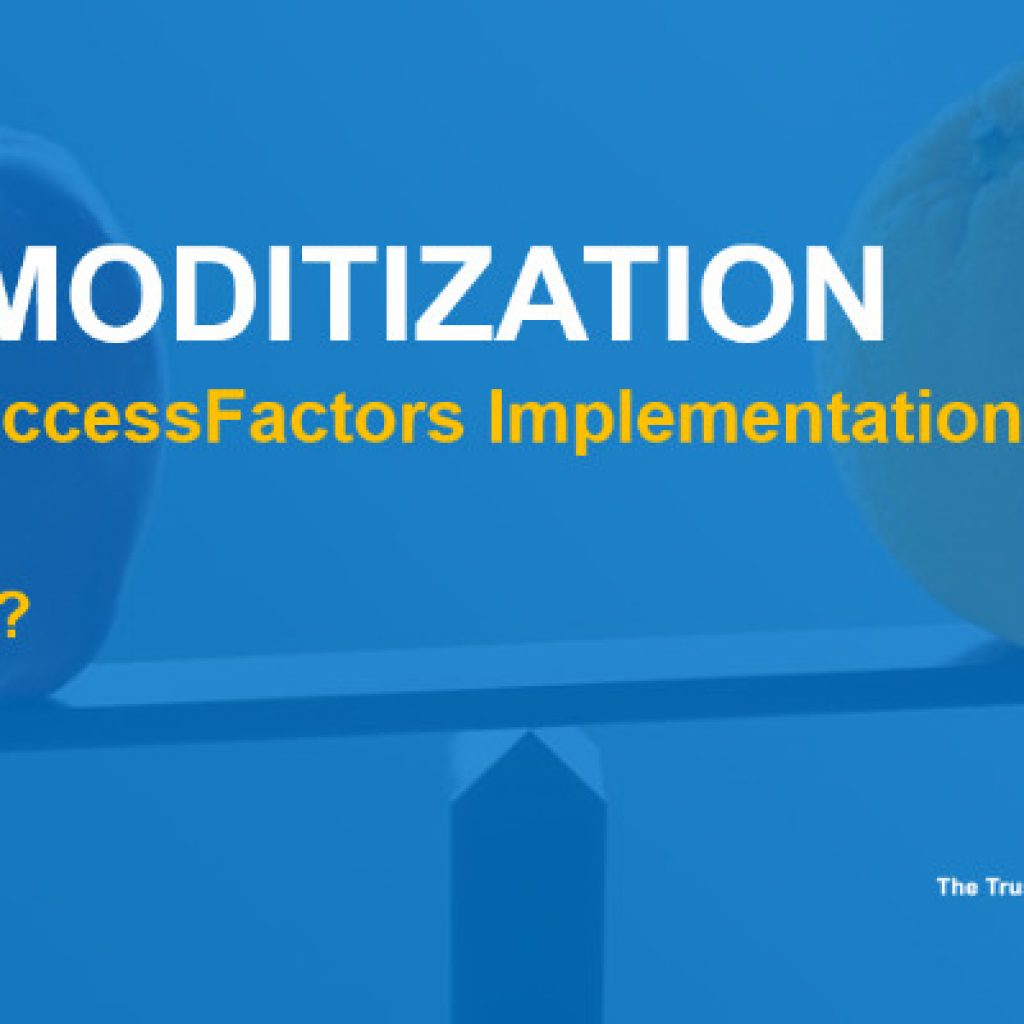
Commoditization of SAP SuccessFactors Implementation Projects: Yes or No?

For a Rolling 2016, Thank You !
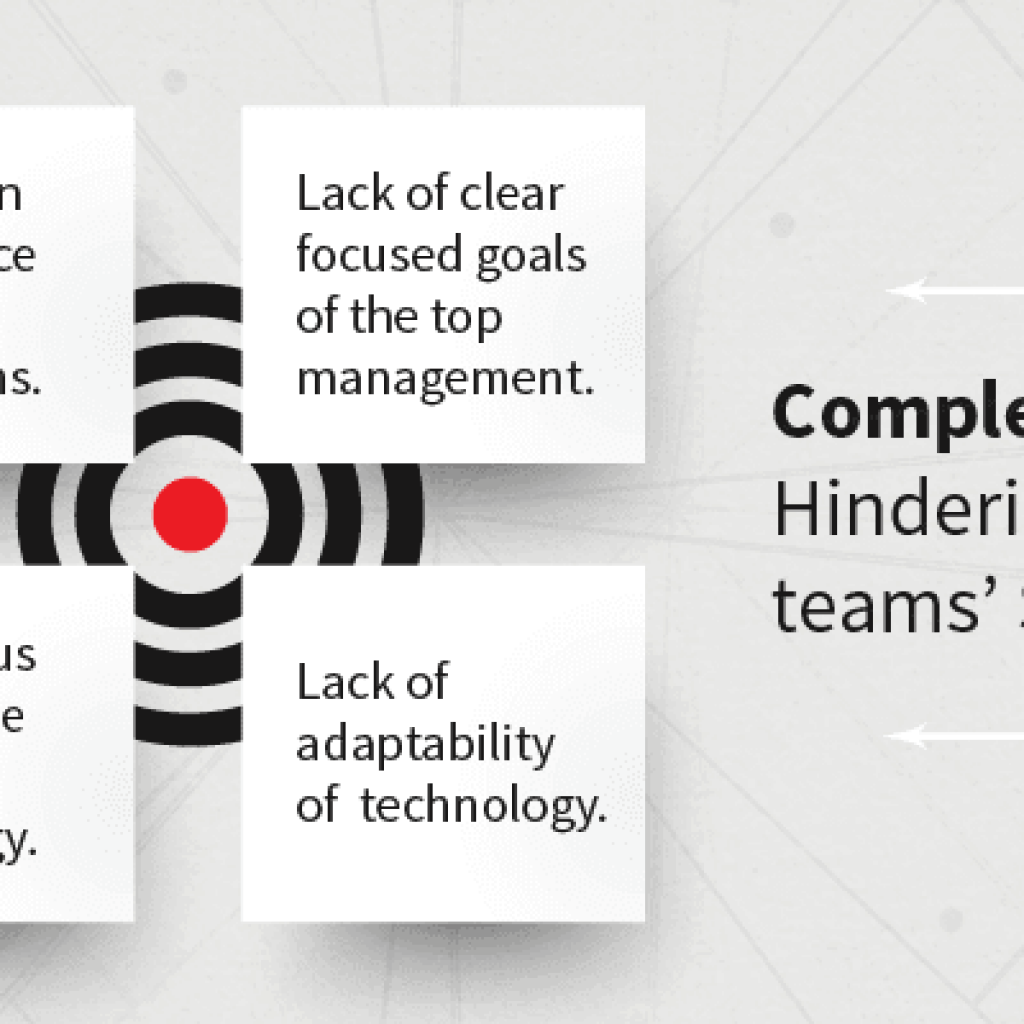
Why do you think Complexity is hindering HR Teams’ Success?

Interesting Facts about Singapore
Singapore is one of the smallest countries in the world but it has largest, first, fastest and best of things. We have compiled a list of interesting and fun facts about Singapore below
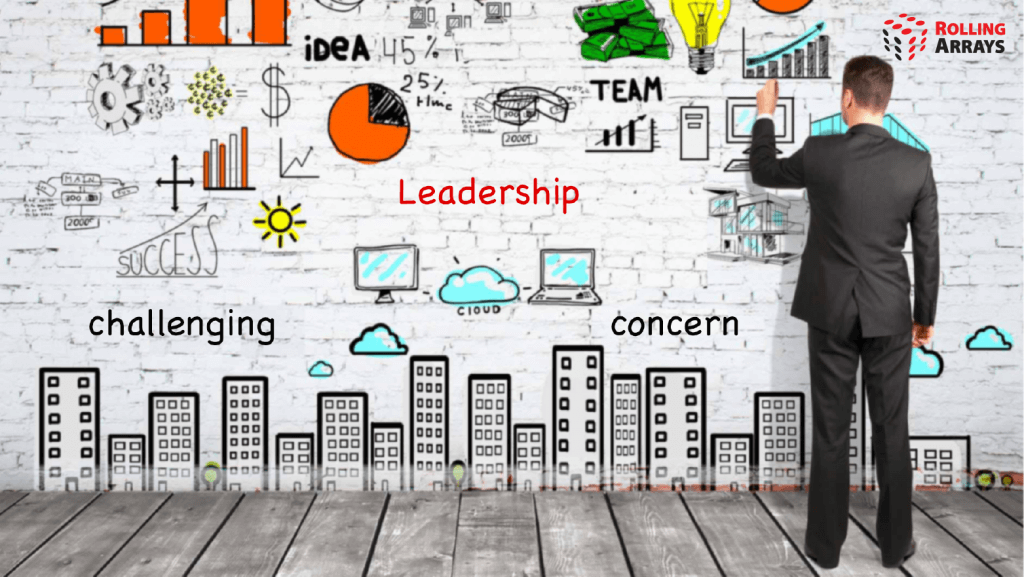
Leadership: A Challenging Concern

Social Tools to Improve Employee Productivity

How to use Social Tools in Employee Learning Process?
By scaling informal learning processes across your company, each employee can benefit from collective knowledge – without interrupting their colleagues or diverting limited time and resources from other objectives.

6 Critical HR Best Practices to gain insights with Workforce Analytics
Your business is able to optimize and adjust important HR and business strategies by relying on effective workforce analytics.
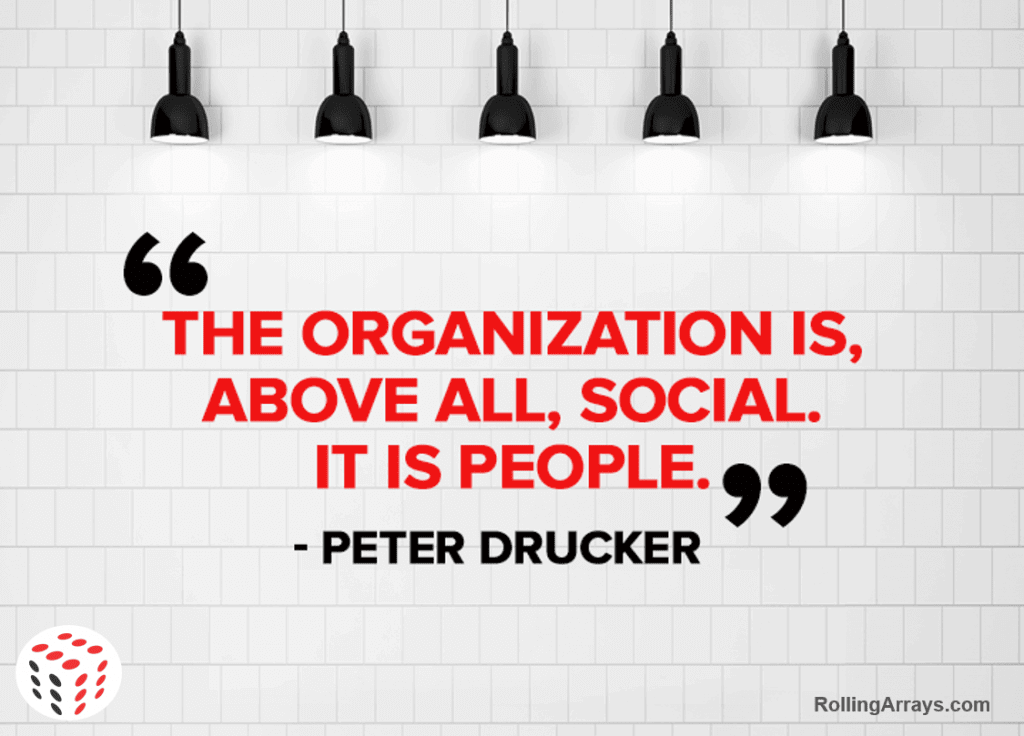
How HR has evolved from a Cost Centre to a Profit Centre
The HR department was seen mainly as an overhead that did not directly generate revenue in the past. Back then, HR professionals had to justify their budget needs to C-Suite executives.
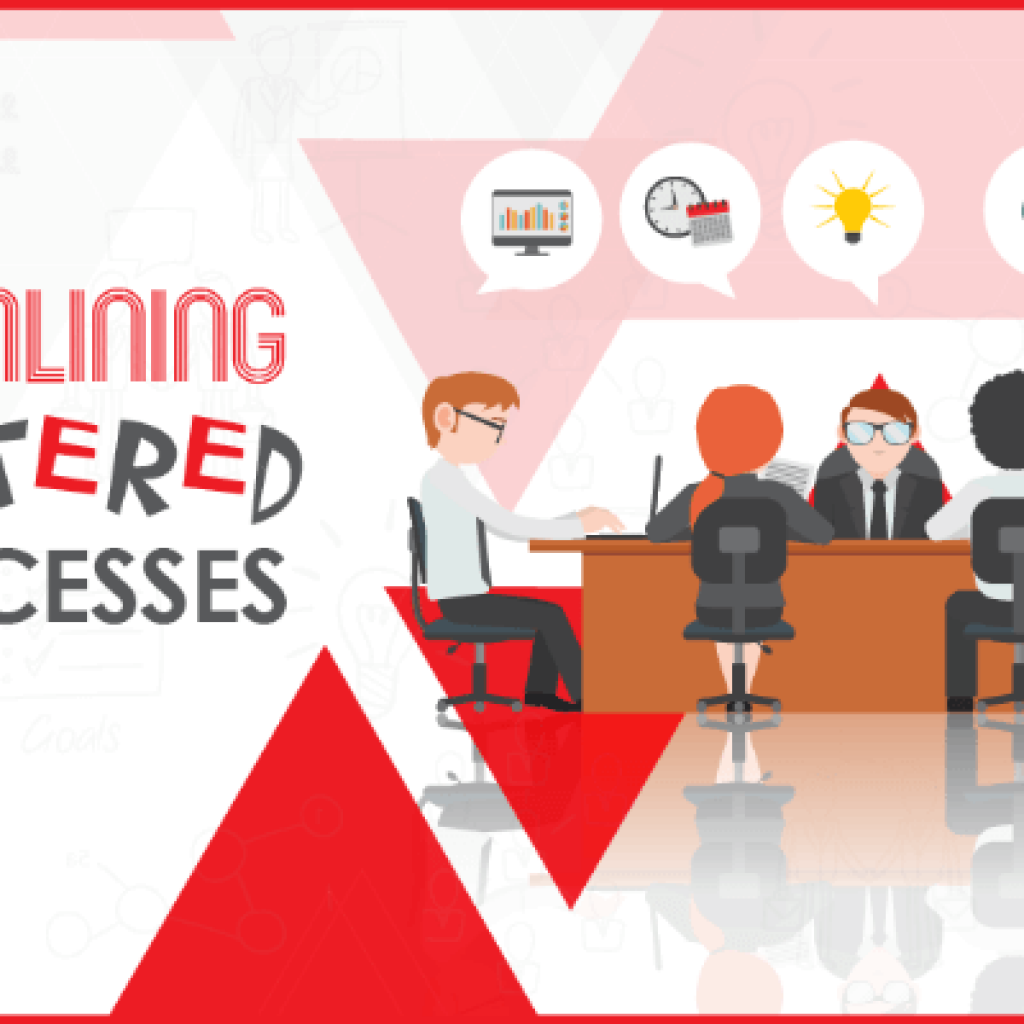
How Robinsons streamlined its scattered HR processes
The major issue large organisations experience within the HR department is managing transformation.

Key Business Drivers for an evolving role of HR
Key Business Drivers for an evolving role of HR Evolving Role of HR A Need for superior HR processes – is growing within organizations can only be achieved by creating high quality work environment through consistency.
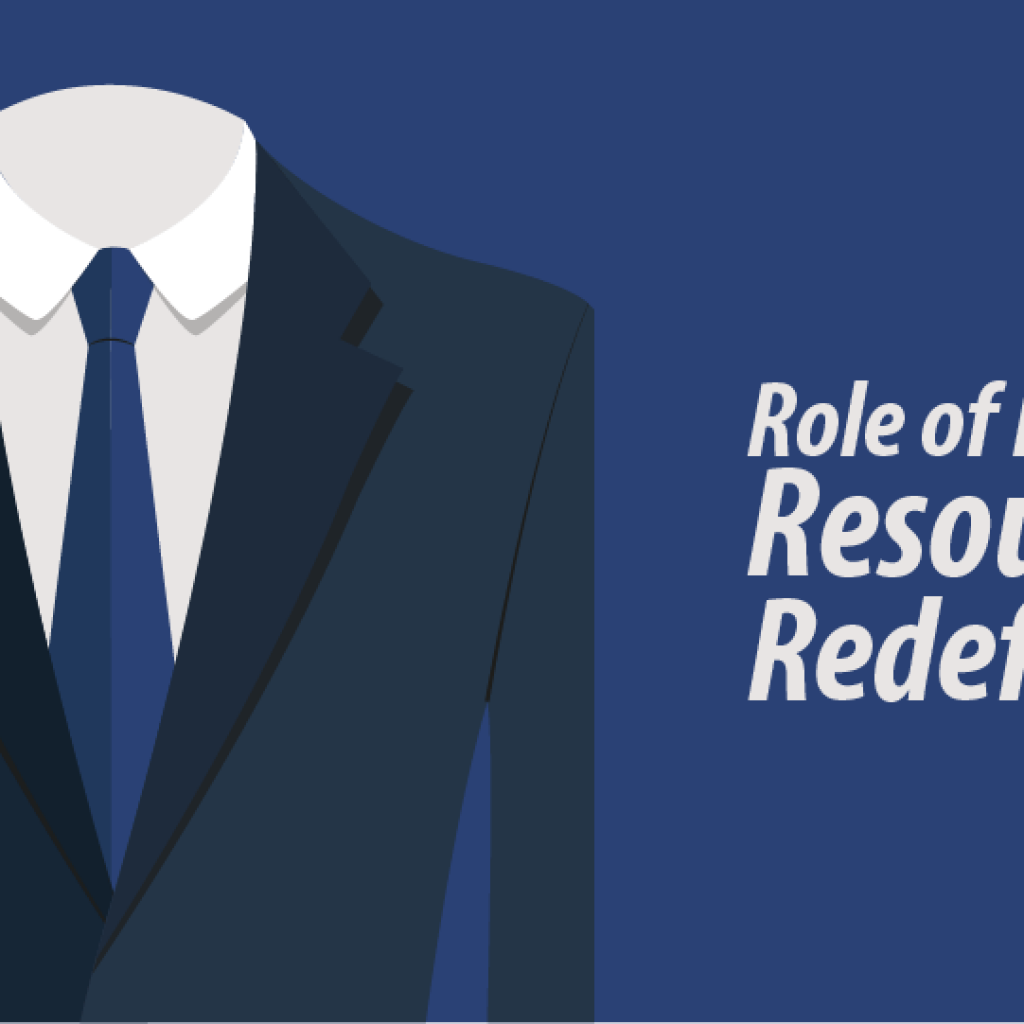
Role Of Human Resources Redefined
Role Of Human Resources Redefined The human resource department is still struggling to be known as a business partner entity within an organization.
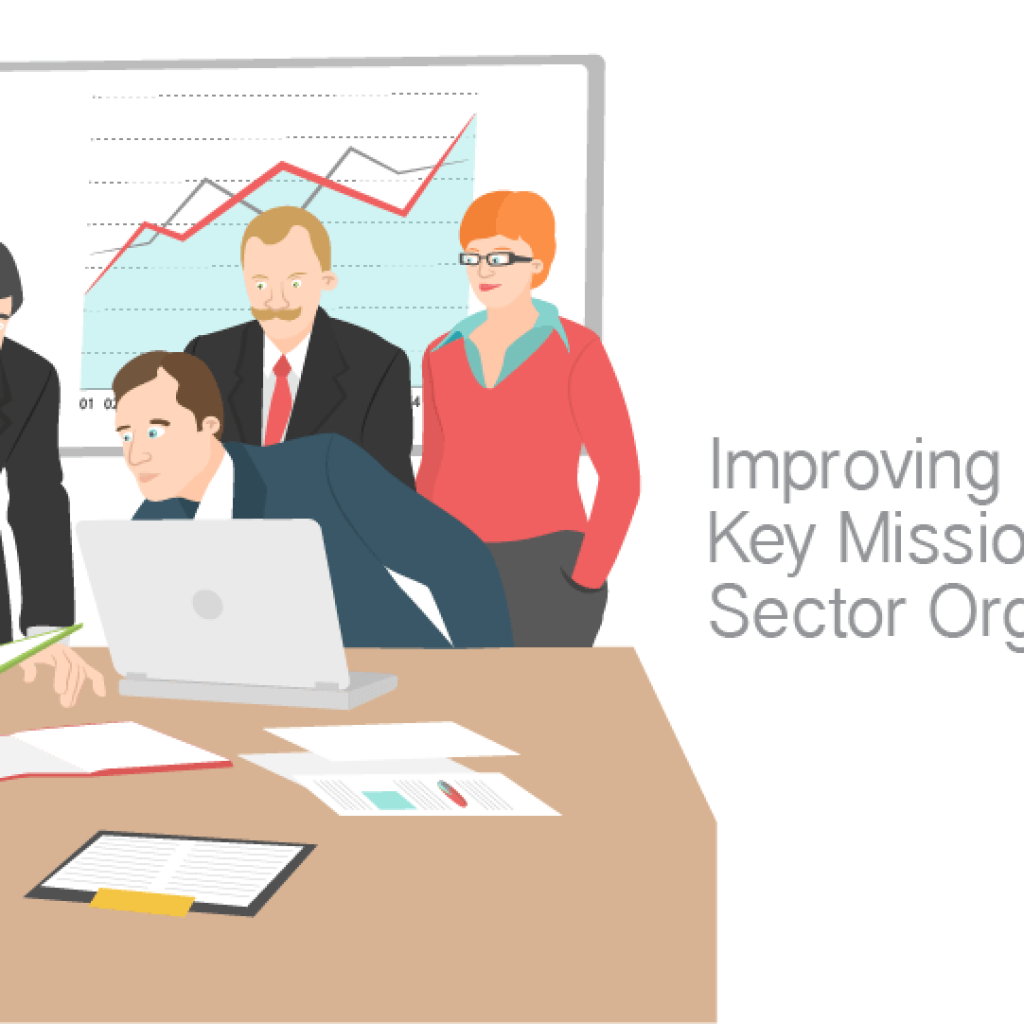
Improving Productivity – Key Mission of Organizations
In today’s constantly growing and unpredictable business environment more business organizations are opting for office management and HR solutions that could automate their processes
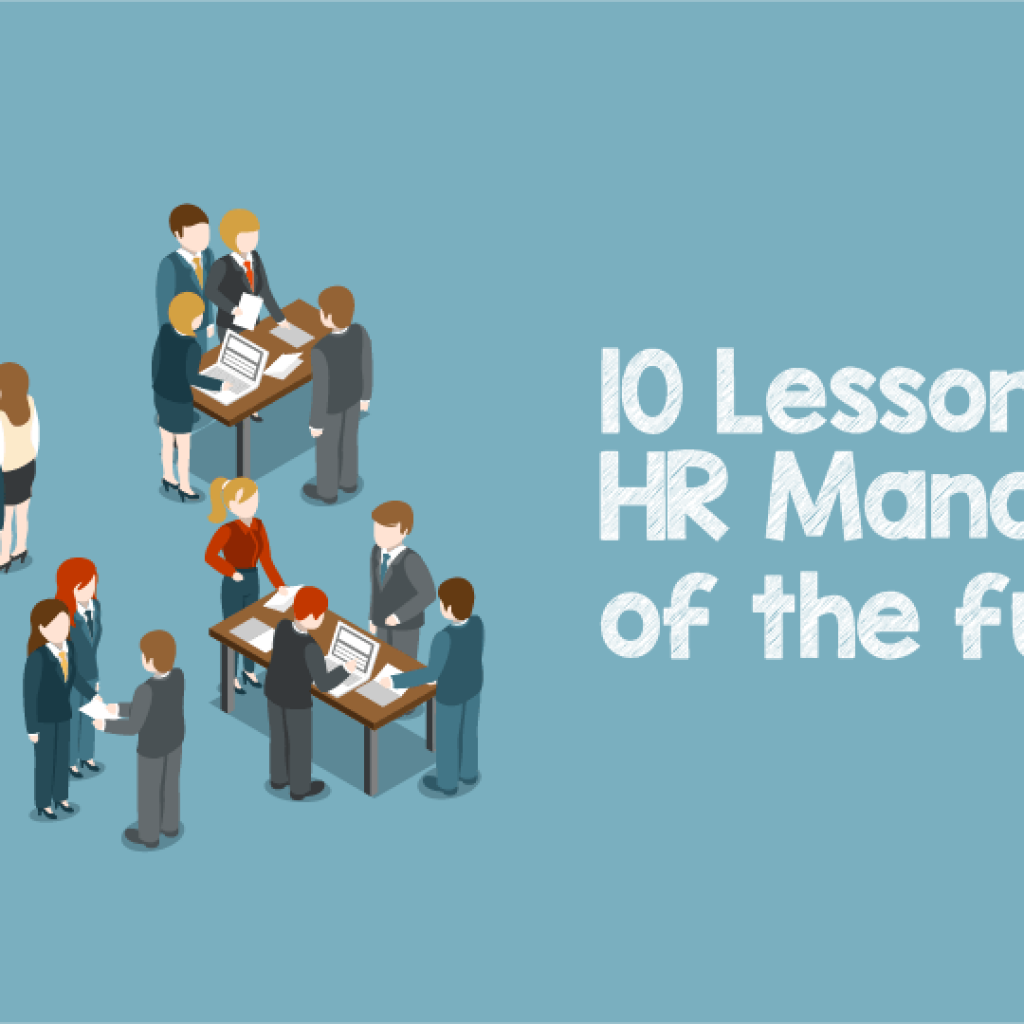
10 Lessons for HR Managers of the future
Becoming a leader is not something you can learn as a classroom course, but are instincts and skills you horn on over time and through life experiences.
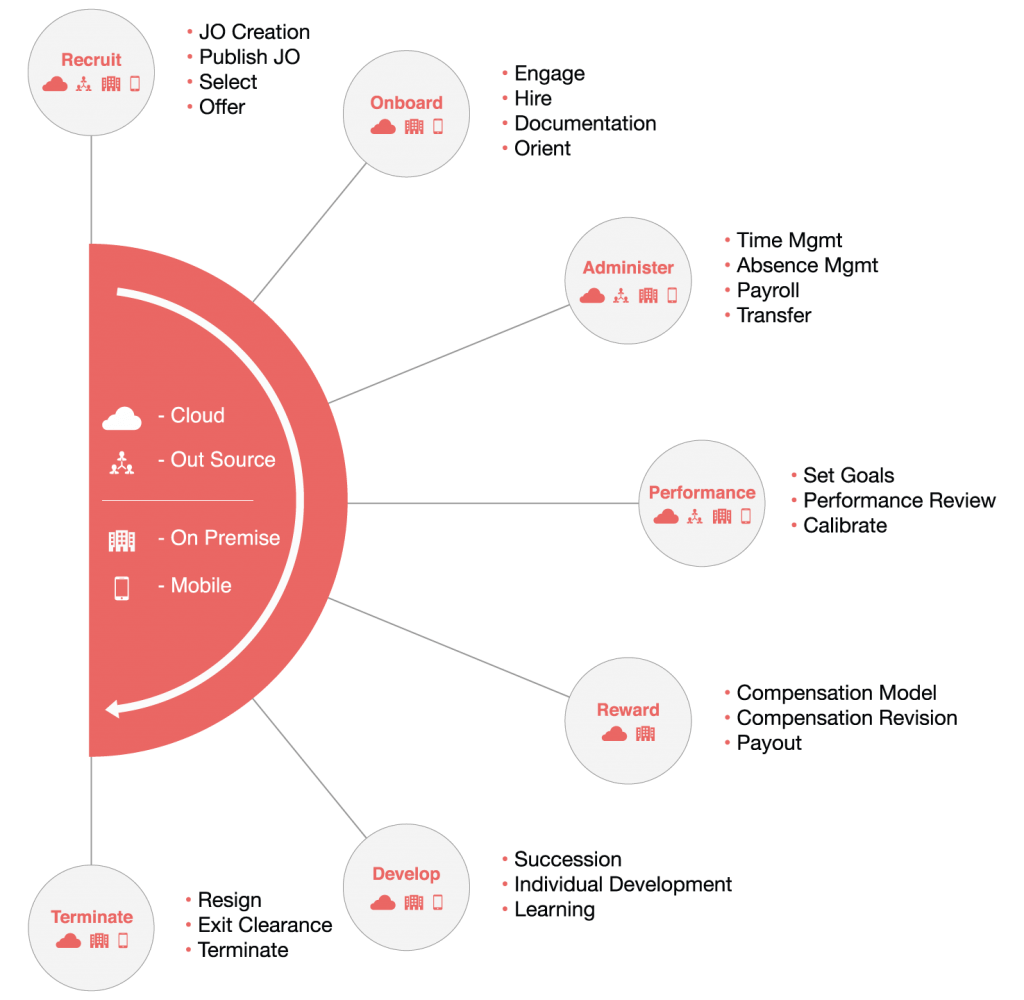
Transforming HR to Create Strategic Value
HR Transformation is not a new concept. As a function, it has dramatically changed over the last two decades. From a Value Added administrative function, HR has evolved to a Value Creating function, where it contributes to the strategic direction of a company.

Why Performance Management Matters ?
The most important thing about the Performance Management process is that it really is “all about people” – see what an effective performance management process can do for the business.

Performance Ratings for Talent Management process in SuccessFactors
Performance Ratings and the Potential Ratings of an Employee is definitely a very important input for any holistic talent management review exercise. When the Performance Evaluation and the Potential evaluation of an employee happens on one single system where eventually the talent decision making happens, it eases the whole problem of data consolidation.

SIX THINKING HATS for an Effective HRIS Implementation
When we get into an implementation for SuccessFactors or SAP or any other product for that matter, we generally follow the prescribed methodologies – BizXpert, SAP Launch, Empower e.t.c and most often we get so involved with the execution that we do not realize what questions to ask at each step that will lead us in the right answers during the implementation.

SuccessFactors Talent Search – Make the Most out of it
During Talent Management discussion with various customers and the SF Talent Management implementation experience, there was one common question that each one of them had – “How exactly will Talent Search Help us ? ” and their approach to using the Talent Search was more as a Search tool which according to me defeated the whole purpose and philosophy behind the functionality. Yes, it is a Search tool, but the buck does not stop there, and its utility lies in how well the processes are designed “before” and “after” the search activity.

The Five Myths of Compensation Management — Exposed
Even within the well-run companies, pockets of resistance or misunderstanding can pop up among managers who are ultimately accountable for bringing pay strategies to life. You may have heard some of these myths:

Happiness and Peace at Work
Everyone would agree that happiness at workplace is directly proportional to the productivity. Studies show that when employees are happy & at peace with their work, it is reflected in their work & the final outcome is tremendous.

Performance Forms – Handling Role and Manager Changes in SuccessFactors
During a Performance evaluation cycle, one concern that every process owner has is regarding the scenarios where there are role changes for Employees or Manager changes. This is typically a universal question regardless of any system in place and in this post I have tried to consolidate those concern and possible approaches to tackle these scenarios from SuccessFactors point of view.

Learning Management System (LMS)
Over the past few decades, Learning Management System (LMS) has become one of the most critical applications for organizations that heavily depend on “humans” as their “key resource”.

SuccessFactors Goal Execution Module
A lot of our customers are overwhelmed by the SuccessFactors Goal Execution module but at the same time they also do question the practicality of the product when implemented. While we look back at this question, I believe we need to understand the philosophy behind the concept of Goal Execution as I see it, to appreciate the effectiveness and the need to adapt to the concept.

A Take on Change Management by KM Birla
We have a lot of emphasis that we draw with “Best Practices”, “Proven Methodologies”, “Standardization”, but I think it is all sometimes over rated. On one hand it does provide you a good direction for a fruitful journey, but on the other hand I believe it limits your reach and ability to innovate. “Best Practices” are good, but there are better practices existing which needs to be uncovered and that is what innovation is all about.

Making the most of SuccessFactors Career Development Planning
During a lot of implementation for SuccessFactors CDP module, the one question that seems to be universal is – “Its great, but can we open it up for Employees ?”

Bizxpert through Six Thinking Hats of Edward Bono
Edward Bono, an expert on study of how people think, developed the “six thinking hats”1 approach to allow individuals and group to attend to all parts of the problem. He took the “Let’s put on our analytical hats” analogy one step further and I intend to take it a little further towards out EMPOWER methodology.

Hybrid Implementation – SAP HR and SF Talent Management
As customers adopt cloud solutions, hybrid landscapes will become a norm and Integration across boundaries of cloud and on premise is a must to prevent application Silos
![]()
SINGAPORE
![]()
MALAYSIA
![]()
INDONESIA
![]()
UAE
![]()
HONGKONG
![]()
AUSTRALIA
![]()
INDIA
Copyright All Rights Reserved © 2021
Privacy Policy


